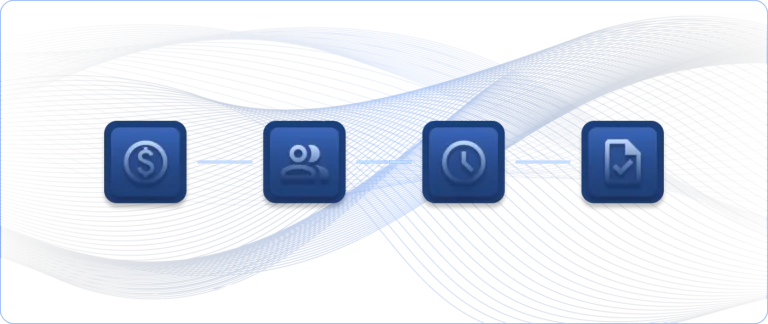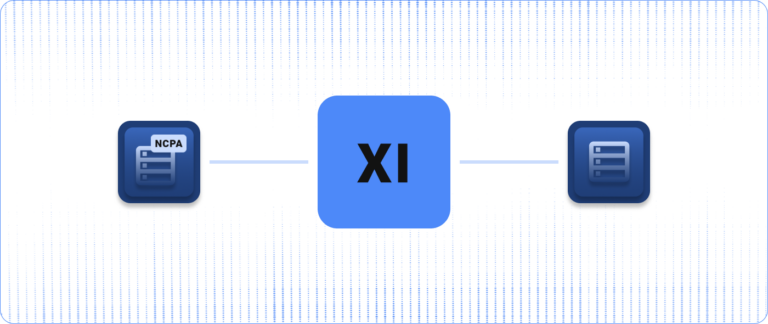
What Is Network Monitoring and How Can I Make It Work for Me?
In this article, we’ll review the basics of computer networking and then explore details about monitoring your network.

In this article, we’ll review the basics of computer networking and then explore details about monitoring your network.

In this article, you’ll learn how you can implement real-time monitoring with Nagios as well as use cases for when real-time monitoring is not beneficial.

Sometimes system administrators will set up infrastructure monitoring on free, open-source platforms to save money. But are these platforms really worth it?

Discover how Nagios Monitoring Solutions can play a critical role in supporting your cybersecurity strategy by predicting, identifying, and preventing security issues.

Discover how minimizing downtime is possible with server monitoring software that allows you to quickly resolve IT issues.

Learn how and when to best use agent-based and agentless monitoring in your IT environment.

In this article, we’ll cover what the main capabilities of Nagios Log Server are and how you can utilize those functionalities at a scaled-down level with the free version.

To get the budget approval for implementing Nagios XI, system administrators should keep these tips in mind when building a business case.

Migrating from Nagios Core to Nagios XI may seem like a daunting task, but Nagios simplifies the process with these easy steps.

Whether you have new monitoring software to get up and running or you simply want to maximize the monitoring solution you currently have, there are several IT infrastructure monitoring best practices to keep in mind.
Nagios, the Nagios logo, and Nagios graphics are the servicemarks, trademarks, or registered trademarks owned by Nagios Enterprises. All other servicemarks and trademarks are the property of their respective owner. Website Copyright © 2009-2024 Nagios Enterprises, LLC. All rights reserved.